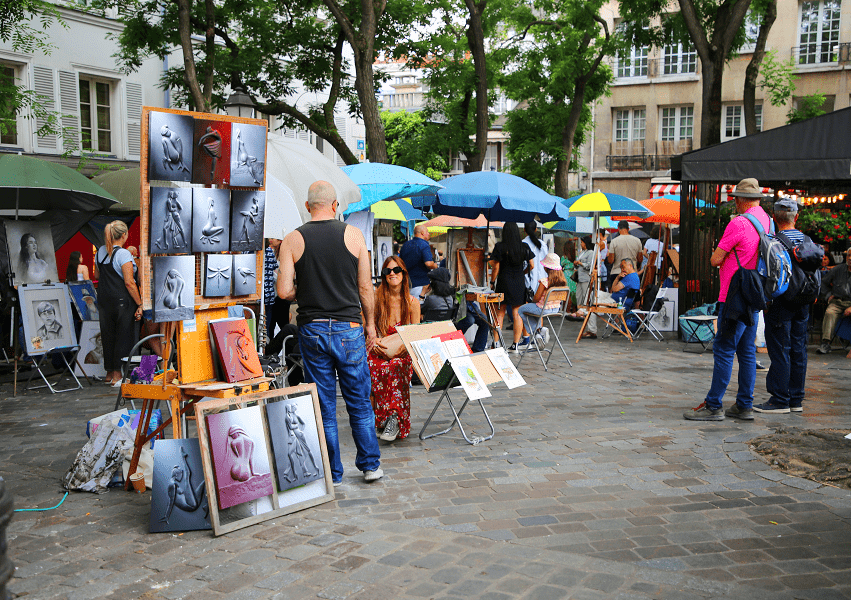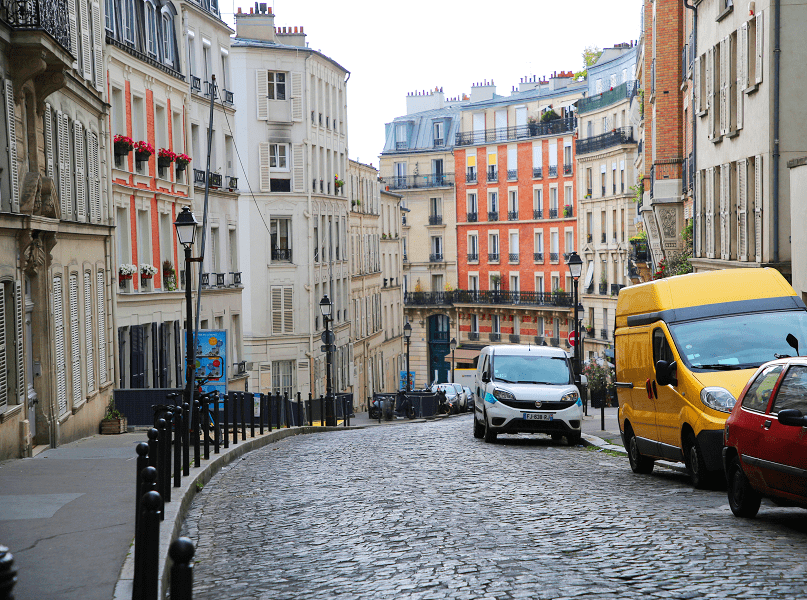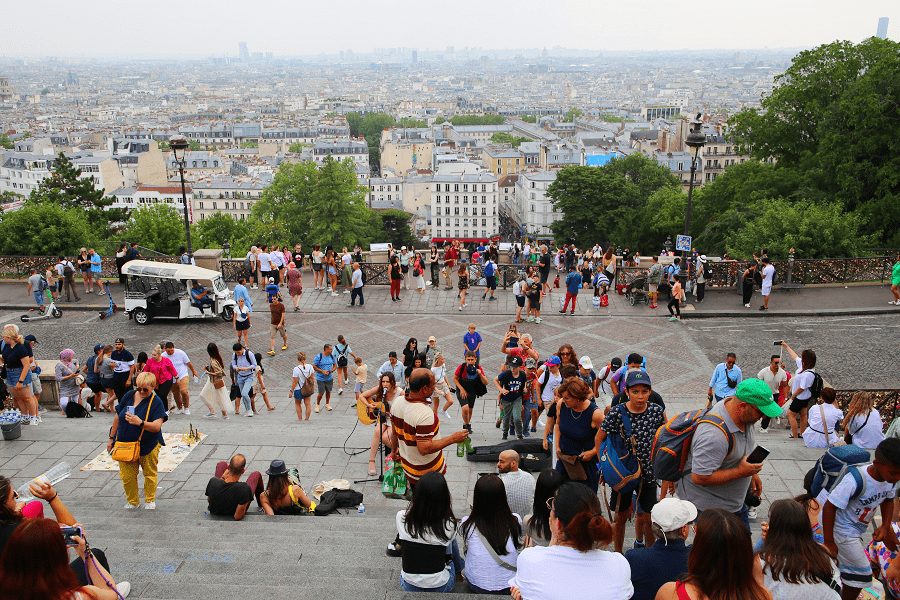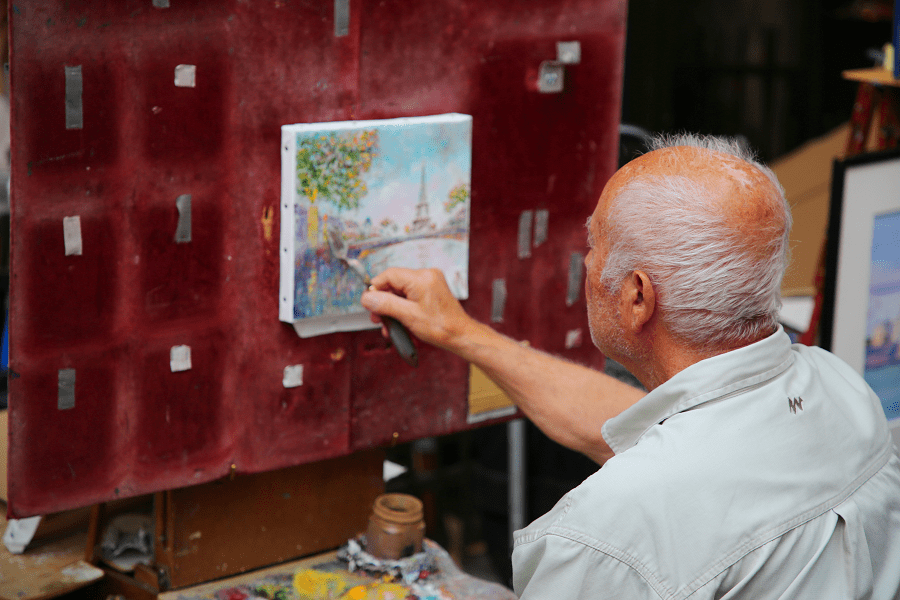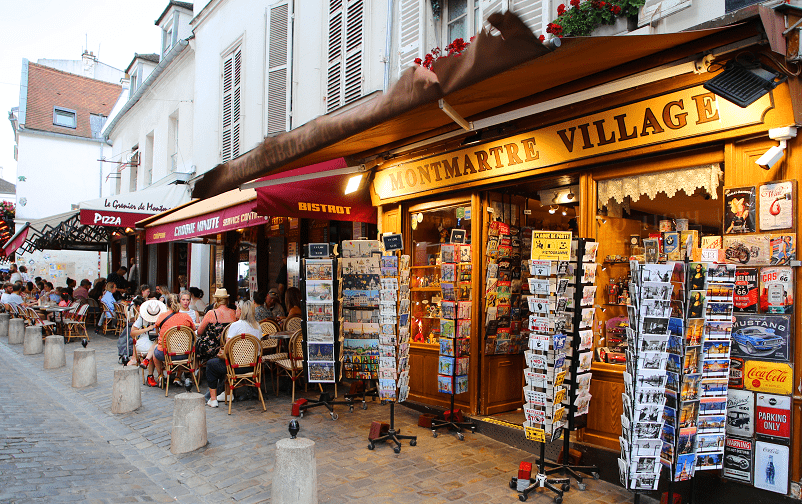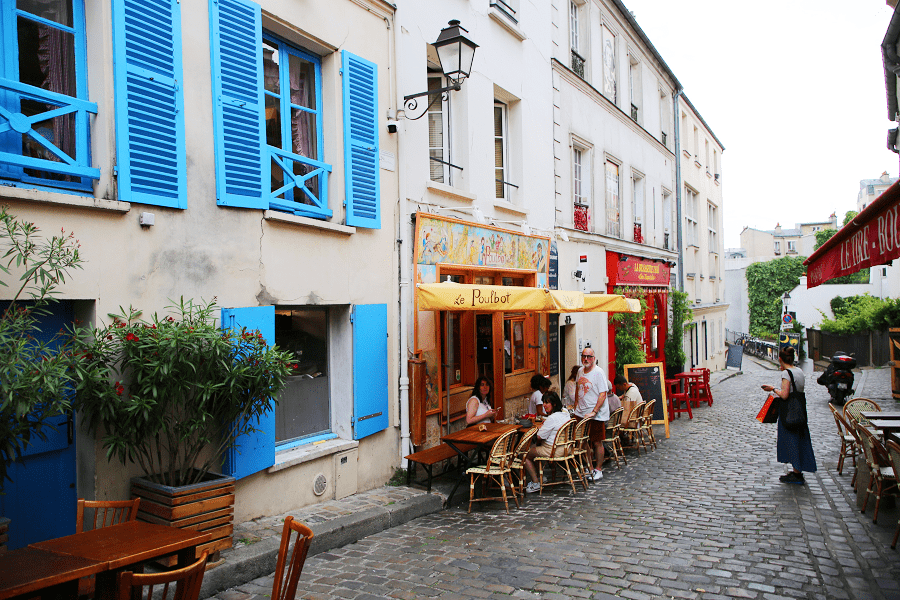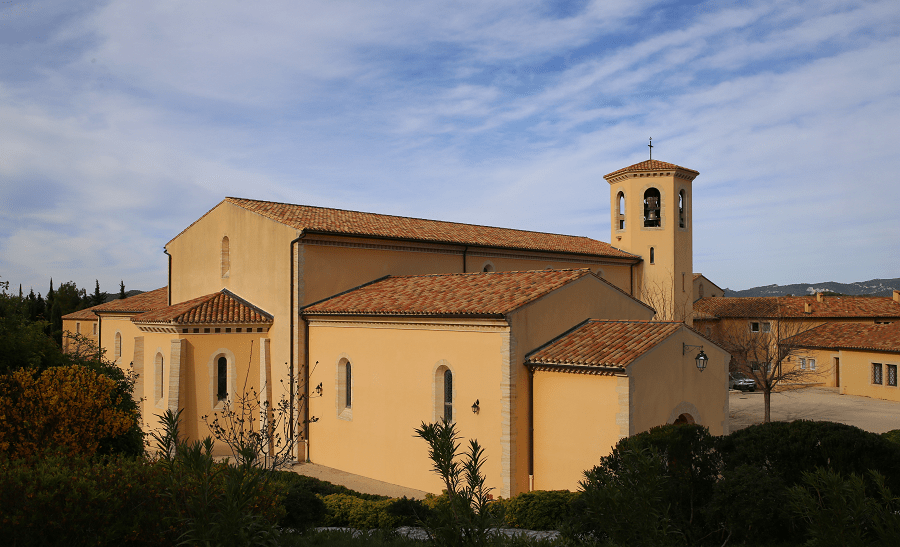Montmartre is a district of the 18th arrondissement of Paris, France, featuring the Sacré-Cœur basilica. Since the 19th century, it has welcomed numerous artists such as Picasso and Modigliani, and has become the symbol of rural and autonomous life within the megalopolis.
Until 1860, Montmartre was a commune in the Seine department. That year, under the law extending the capital, the commune was annexed by Paris, except for a small part that was annexed to the commune of Saint-Ouen.
The majority of the territory of the former Montmartre is therefore integrated into the 18th arrondissement of Paris, called “des Buttes-Montmartre” and includes the administrative districts of Grandes-Carrières, Clignancourt, Goutte-d’Or, and the Chapel. Like the Marais district, Montmartre today has no precise geographical limits – it is a “historic” Parisian district and not an “administrative district.”
Known for its narrow, steep streets flanked by long staircases, this very touristy area of northern Paris is home to the highest point of the capital on the Butte Montmartre, one of the gypsum mounds formed on either side of the Seine and called the “Hills of Paris.”
At 130.53 meters, the altitude of the natural ground inside the Calvaire cemetery, it adjoins the Saint-Pierre de Montmartre church, the oldest church in present-day Paris.
The Montmartre Museum is in the house where the painters Maurice Utrillo and Suzanne Valadon resided and worked in second-floor studios.
The Espace Dalí is a permanent exhibition in France devoted to Salvador Dalí consisting mainly of sculptures and engravings. The museum, near the Place du Tertre, has around 300 original artworks. The collection features mainly three-dimensional sculptures of Dalí’s best known surrealistic paintings.
The house was in fact Pierre-Auguste Renoir’s first Montmartre address. Many other artists moved through the premises.
The mansion in the garden at the back is the oldest hotel on Montmartre, and one of its first owners was Claude de la Rose, a 17th-century actor known as Rosimond, who bought it in 1680.
Claude de la Rose was the actor who replaced Molière – and who, like his predecessor, died on stage.
The area is served by the underground Paris Métro, with Line 2 stations at Barbès–Rochechouart, Anvers, Pigalle, and Blanche, Line 4 stations at Château Rouge and Barbès–Rochechouart, as well as Line 12 stations at Pigalle, Abbesses, Lamarck–Caulaincourt, and Jules Joffrin.
It is also served by the Montmartre Funicular. The historic district established by the City of Paris in 1995 contains 60 ha and is bordered by Rue Caulaincourt and Rue Custine on the north, the Rue de Clignancourt on the east and the Boulevard de Clichy and Boulevard de Rochechouart to the south.
Montmartre hill is famous for being home to:
- Sacré-Cœur basilica;
- Saint-Pierre church in Montmartre;
- Saint-Jean church in Montmartre;
- Théâtre des Abbesses, second room of the Théâtre de la Ville, dedicated to dance and music;
- Manufacture des Abbesses theater, a place of discovery and welcome for contemporary theater;
- Performance halls on Boulevard de Rochechouart: La Cigale, l’Élysée-Montmartre, Le Trianon, la Boule Noire, inspired by 19th century cabarets;
- Théâtre de l’Atelier, located on Place Charles-Dullin, one of the rare 19th century Parisian theaters still in operation today;
- Moulin Rouge to the south;
- Cabarets Le Chat noir and Le Lapin Agile, frequented by many French artists at the beginning of the 20th century;
- Moulin de la Galette;
- Patachou cabaret, the most famous cabaret in Paris in the 1950s and 1960s, where Georges Brassens debuted and where Édith Piaf sang for the last time in public. Currently the Roussard gallery and the Study Center for Painters in Montmartre are located there;
- Cabarets of Place Pigalle;
- Studio 28 cinema, created – as its name suggests – in 1928;
- Funambule Montmartre, a small theater with around a hundred seats opened in 1987 which hosts both comedies and more literary plays;
- Lepic theater, formerly Ciné 13 Théâtre, located avenue Junot;
- Montmartre Museum;
- Dalida’s house, rue d’Orchampt, and Place Dalida;
- Erik Satie’s house;
- Espace Dalí;
- Museum of Naive Art – Max Fourny.
See more:



